Nau mai, haere mai ki Te Puia. Please check-in 15 minutes prior to your scheduled tour departure time.
Artists
|
NZMACI – Takapū
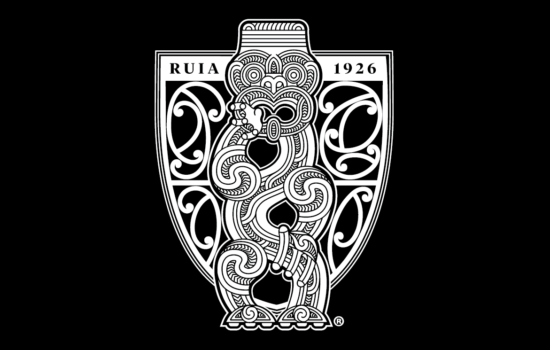
NZMACI – Takapū
- Te Takapū o Rotowhio
Description
Opened in October 2009, Te Takapū o Rotowhio is the National Bone & Stone Carving School
Opened in October 2009, Te Takapū o Rotowhio is the National Bone & Stone Carving School
Their creations
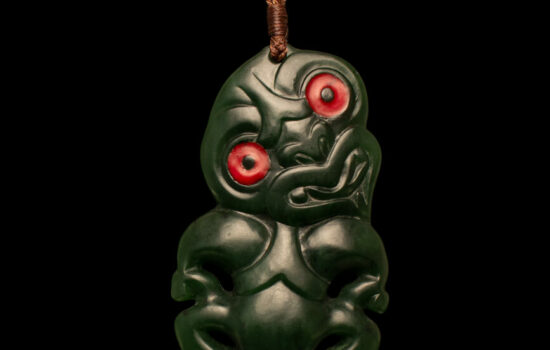
Sold
Hei Tiki
Hei tiki are the best known of all Māori adornments. Tiki are symbols of fertility that depict a new-born child. They are often family heirlooms bearing personal names and embodying their wearers lineage. As with most Māori personal adornments, hei tiki are often passed down generationally.
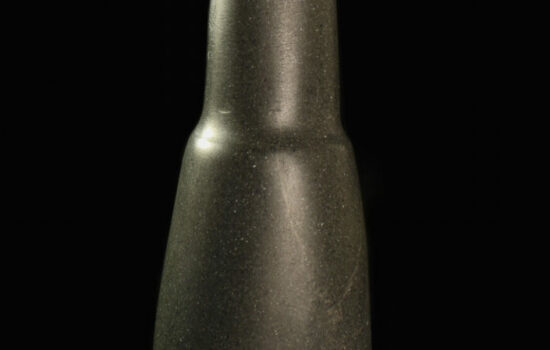
Patu Muka
Flax was an important item in the Māori economy, and the skills associated with its preparation were highly prized. Before flax could be woven, the outer green layer was removed and the inner fibres were soaked and pounded until soft. This patu muka (flax pounder) was a tool used in the process.
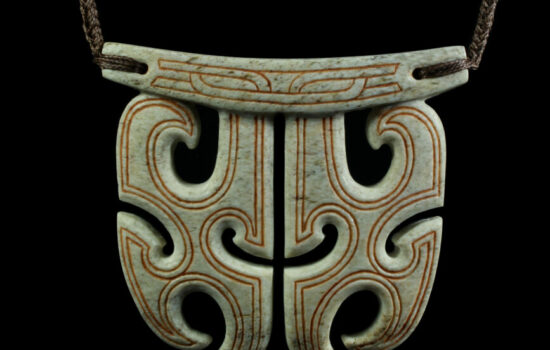
Moko Kauae
Traditionally women who acquired moko kauae (female chin tattoos) received them based on their mana, established through their whakapapa. They were nominated by the hapū to ensure there was a woman of mana to represent them on the marae.
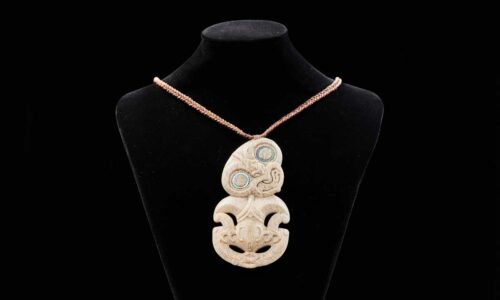
Hei Tiki
Hei tiki are the best known of all Māori adornments. Tiki are symbols of fertility that depict a new-born child. They are often family heirlooms bearing personal names and embodying their wearers lineage. As with most Māori personal adornments, hei tiki are often passed down generationally. Shipping within New Zealand only as whalebone is not […]
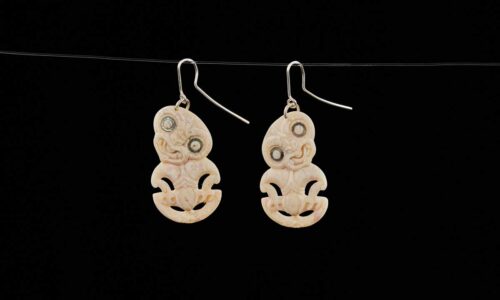
Hei Tiki Earrings
Hei tiki are the best known of all Māori adornments. Tiki are symbols of fertility that depict a new-born child. They are often family heirlooms bearing personal names and embodying their wearers lineage. As with most Māori personal adornments, hei tiki are often passed down generationally. Shipping within New Zealand only as whalebone is not […]
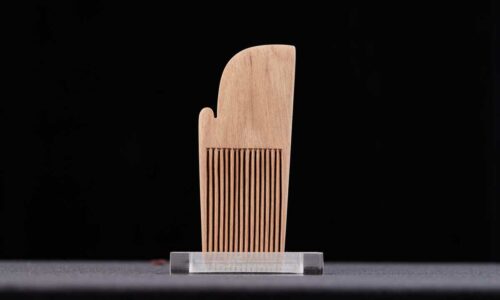
Heru
Heru were produced in varying shapes and sizes and were made from wood, and in some instance’s whalebone. These combs were highly valued as personal heirlooms and were consequently passed down from one generation to the next, often acquiring their own personal names. The combs were mostly decorative and held the pūtikitiki (top knot) in […]